Artemisia at The National Gallery
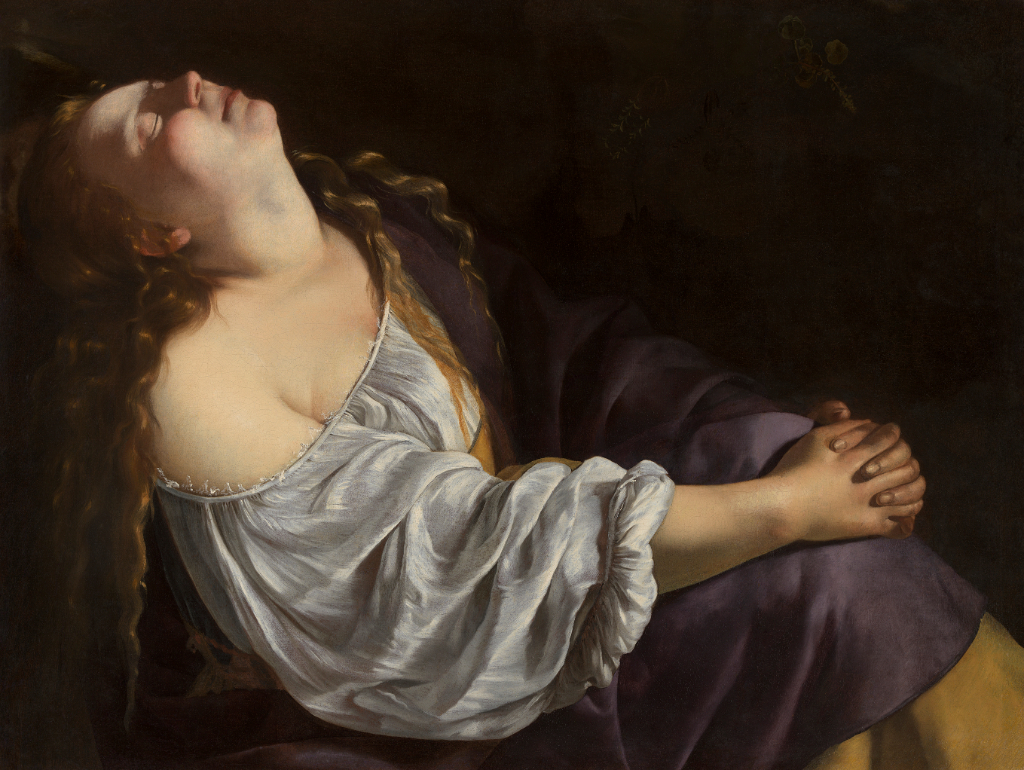
Interpretations of Artemisia Gentileschi’s work have often been overshadowed by a near-obsessive interest in her biography – most notably surrounding her rape as a young woman and the oaths she gave under torture during the subsequent trial. The artist’s later paintings of biblical women committing acts of murder against men have often been dubbed “revenge in paint”.
But, as the first monographic show in the UK dedicated to Gentileschi reveals, there is a lot more to her practice than this simplistic biographical summary implies. Instead, this sensitively curated exhibition at The National Gallery presents her as a painter with extraordinary technical abilities and exceptional insight into the psychological interiority of her protagonists. Moreover, we get a sense of the creator’s sharp business sense, passionate temper, and potent awareness of the injustices faced by women in society.
Many of the subject’s paintings feature women alone in psychologically charged moments (Cleopatra about to kill herself or Mary Magdalene in ecstasy) or working together to overpower men (Judith with her maidservant beheading Holofernes or carrying his severed head is a repeated theme). Gentileschi follows Caravaggio’s principles of light and shade to imbue bodies and blood with drama, while also incorporating details that appear to imagine the realities of these women’s experiences: the practical rolled-up sleeves, spatters of blood on an expensive dress, the sheer effort and indeed time it would take to saw off a man’s head with a heavy sword.
The exhibition informs how Gentileschi shaped her career and practice, as well as how she negotiated her personal life, which inevitably impacted her artwork. When she moved to Florence in 1612, for example, she managed to maintain a livelihood as the main breadwinner in her family, gained the patronage of the powerful Medici and gave birth to five children (none of whom survived to adulthood).
Dogged by financial troubles throughout her life, Gentileschi cleverly tapped into her unique position in the art market. Whilst determined to work with the same scale and subjects as her male peers and her father Orazio (under whom Artemisia trained and with whom she sometimes collaborated on paintings), she was also aware that images of powerful women or erotic scenes of female nudity gained a particular intrigue and value when they came from the brush of a woman, and she played this to her advantage.
Gentileschi frequently included her own image throughout her oeuvre, a number of which are explicitly self-portraits. The curators’ texts state that there was a strong market for these depictions, but also that it saved Gentileschi the hassle and expense of paying models. After looking at a series of three nearly identical self-portraits, one starts to see traces of the artist’s face in many of her subjects, as though she is adopting the identity of various mythological and biblical characters. It’s hard not to see the painter as a forerunner of later female creatives like Francesca Woodman, Hannah Wilke or Cindy Sherman, who used their own body and appearance to explore the subjectivity of the self in the context of social gender relations.
This is a revelatory exhibition, presenting Artemisia Gentileschi as an exceptionally talented artist who struggled with and against the system to make a name for herself, find financial stability, and create paintings with her trademark intensity and emotional drama.
Anna Souter
Featured Image: Mary Magdalene in Ecstasy, Artemisia Gentileschi, c.1620-25
© Photo: Dominique Provost Art Photography, Bruges
Artemisia is at The National Gallery from 3rd October until 24th January 2021. For further information visit the exhibition’s website here.
Watch a trailer of the exhibition from The National Gallery here:


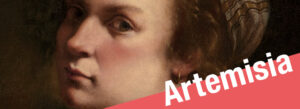
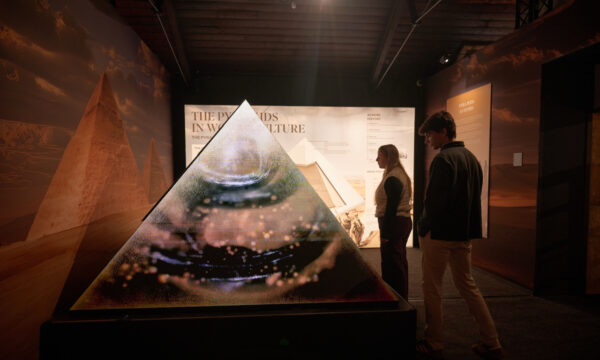
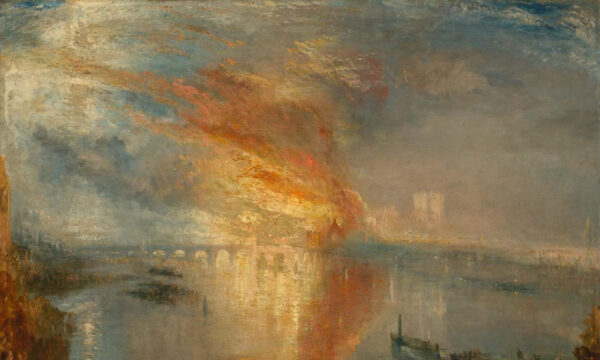
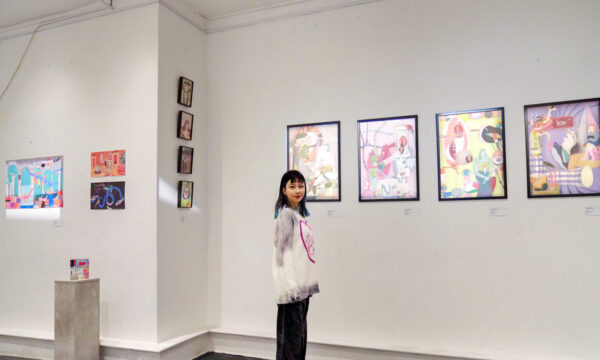
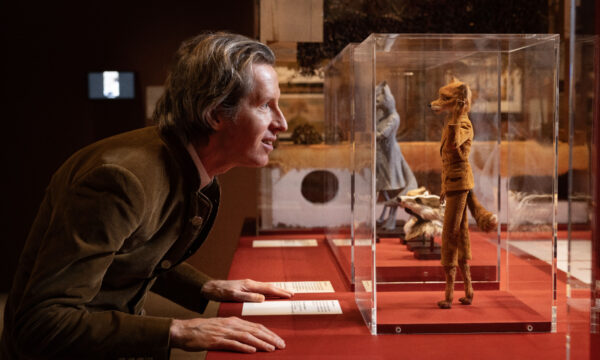
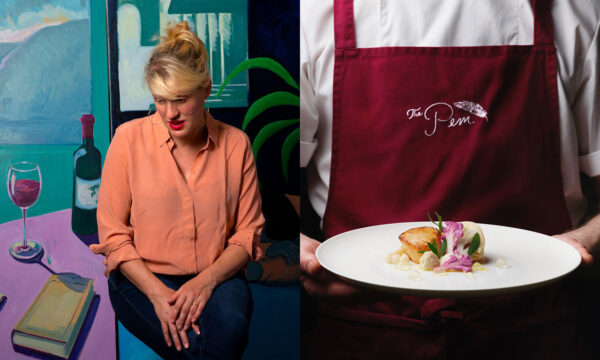
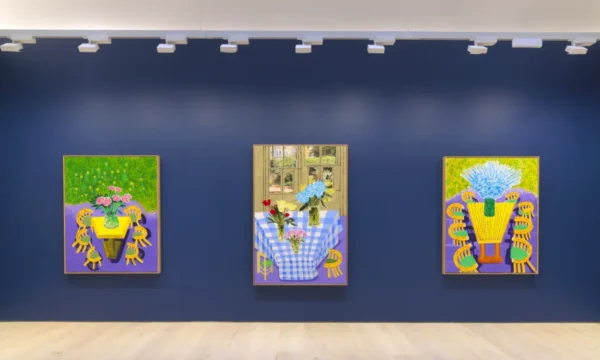
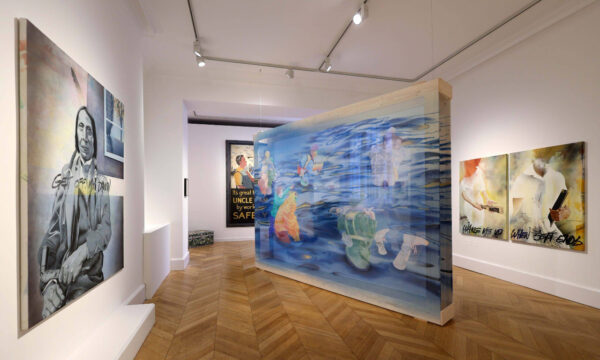
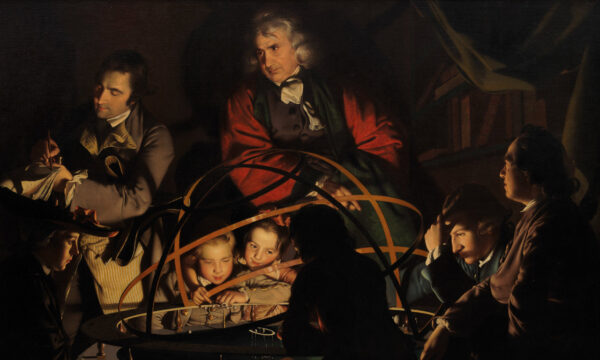
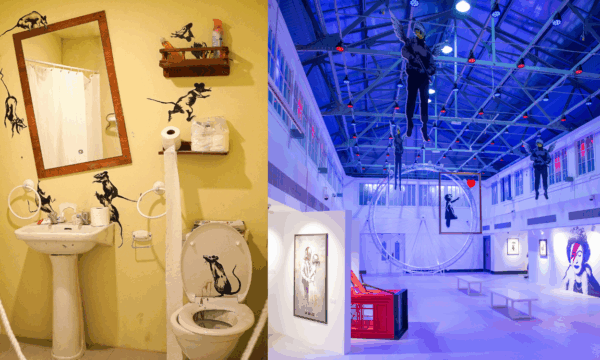


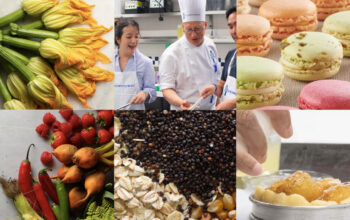

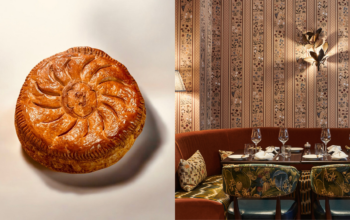

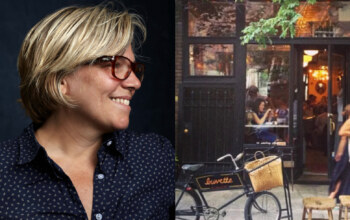






Facebook
Twitter
Instagram
YouTube
RSS